
Waita Onsen Village
Spa-Hopping in Kumamoto’s Hot Spring Paradise

A long soak in an onsen hot spring can be a tonic for both mind and body, and there may be no better place to experience this than on Kyushu. There’s no shortage of onsen options to choose from for a soak in one of the southern island’s healing waters, from small countryside facilities with basic amenities to traditional Japanese ryokan inns and ritzy resort hotels. Hot springs are said to help with all sorts of ailments, such as arthritis, hypertension, and skin disease, so it comes as no surprise that Japanese people have been enjoying onsen for centuries. For my first visit to Kumamoto Prefecture’s Waita Onsen Village, I was about to experience first-hand the luxuries of Kyushu’s natural hot springs.
Located in Kyushu island’s interior, Waita Onsen Village is complete with incredible panoramic mountain views, grassy hills, and plentiful hot springs that take you away from the crowds of busier hot spring towns. On top of that, all of the onsen facilities and accommodations I visited on my trip were committed to COVID-19 safety, adhered to social distancing guidelines, wore face masks, provided hand sanitizers and humidifiers, and checked body temperature for my peace of mind and safety. As I made my way up winding mountain roads, I was greeted with a beautiful view of Mt. Waita in the distance. At its base is my first onsen stop: Horei-no-yu.
Horei-no-yu offers private family baths and open-air baths that come directly from natural hot spring sources. The coin-operated system is easy enough to use: just insert coins, and the hot spring water will quickly fill the tub in a matter of minutes. I chose the cypress outdoor private bath at 1,500 yen for one hour and was pleasantly surprised to see milky blue water fill my bath. Combined with the heavenly scent of the hinoki cypress wood, I found myself instantly relax as I eased myself into the restorative waters of Waita. With Mt. Waita as my view, I was left in a blissful state as the water started its work of healing my body and soul.

After a soothing hour in the onsen, I met up with the owner of Horei-no-yu, Hirose-san. It was a busy day at the hot springs, so I appreciated the time he took to guide me around the area personally. I liked him right away when he said, “Let me give you something to eat.” One of the local specialties of Waita is steamed foods using the power of hot spring steam. You can choose to bring your own ingredients to cook, though I’d highly recommend purchasing the local fare onsite to taste the best that Waita has on offer. All of the fresh produce is cooked without oil so I could savor the healthy and delicate flavors of the local ingredients. My light lunch of tender chicken, eggs, and sweet potato was exactly what I was craving after an hour soak in my bath.


As I ate, Hirose-san enthusiastically talked about the benefits of geothermal energy and how people in the Waita Onsen harness the earth’s power in their daily lives. Along with soaking or cooking food in an onsen, other uses for geothermal energy include drying laundry or drying Oguni cedar, valued for its proven strength, good quality, and beautiful color. Hirose-san and other onsen owners also tap into the geothermal power to provide electricity to electric companies. Spend enough time in the area, and you will begin to understand how alternative energy benefits the lives of so many people here.

I said good-bye to Hirose-san and made my way to my next destination: an overnight stay at Seiryo So ryokan (traditional Japanese inn). As I neared my accommodation for the night, clouds of steam enveloped the narrow street like I was entering an otherworldly dimension. On the other side was Terumi Karashima, owner of Seiryo So, one of the friendliest people I’d meet in Waita. With a gentle smile, Karashima-san took me in as if I were her son coming home for the holidays.


Traditional Japanese inns are known for their excellent Japanese-style course meals, and the culinary delight I experienced at Seiryo So is something to boast about. It is country cooking at its finest, using natural and seasonal ingredients unique to the Waita Onsen area. Wildflowers are picked from the mountains each season and used in dishes as tempura. Karashima-san didn’t hold back as she served me twelve excellent delicacies, including steamed chicken, salted masu salmon, Akaushi beef steak, and stewed pork belly.

On the verge of a satisfying food coma from such a delicious meal, I took my second hot spring bath of the day. Seiryo So has five baths (two open-air baths, two indoor baths, and one family bath), and all five offer a spectacular view of the mountains’ ever-changing scenery. To get to the baths, you must first ascend an incredible traditional Japanese-style staircase. As I took in the surrounding greenery, I let the day’s travel soak away as my mind drifted into a peaceful and blissful state of relaxation.


The following day, I said good-bye to Karashima-san, knowing that this would not be the last time I’d stop at Seiryo So ryokan. Before leaving the surrounding area altogether, I ventured out to one more onsen hot spring at Takenoyu Jigokudani Onsen Yuka. Takenoyu, or simply called Yuka, attracts many visitors for its high-quality baths and the hot spring facilities’ rustic atmosphere. Ishimatsu-san, who runs the onsen, designed Yuka in such a way that customers can relax fully in the tranquility of the surrounding natural landscape. As I walked past bathhouses nestled in the forest, it felt as if I were leaving civilization and into a retreat away from the stresses of modern-day living.
I grew fond of the hinoki cypress bath from my time at Horei-no-yu, so I chose it again at Yuka. To my delight, Ishimatsu-san took me to a bathhouse that had two cypress baths! I spent a glorious hour going back and forth between the two tubs while being treated to nature’s concert of singing birds and rustling of leaves outside the window of my private bath.


The perfect way to end my time in the Waita Onsen Village area was to have soba buckwheat noodles for lunch at Waremokou. Waita’s moderate temperature and low humidity make it an ideal region for making soba. The restaurant prides itself on its freshly-made soba, and its firm texture and delicate flavors lived up to its billing. Every dish in my Suzuranzen lunch set had soba in it, from the salad to the porridge and the grated yam soba. Even my dessert was a delicious soba-flavored sherbet! Have you ever heard of the debate between which is better: udon noodles or soba noodles? Visiting Waremokou might swing you into a life-long fan of soba.

When it comes to relaxation and stress relief, Waita Onsen Village in Kumamoto was an unforgettable experience for me, complemented by its people’s warm hospitality. If you’re looking to relax in a soothing private hot spring bath surrounded by majestic natural scenery and experience small-town traditional Japanese culture, then make the serene Waita Onsen village your first onsen destination.
Note: This blog post was written during a time when preventive measures for COVID-19 were being undertaken. These measures are expected to be relaxed going forward.

Riz
Riz is a freelance writer, photographer, and adjunct university lecturer. He once mistook wasabi for matcha ice cream. Having lived in Japan for 20 years, Riz no longer makes this mistake. He is happily married, has 3 children, and one skittish cat.
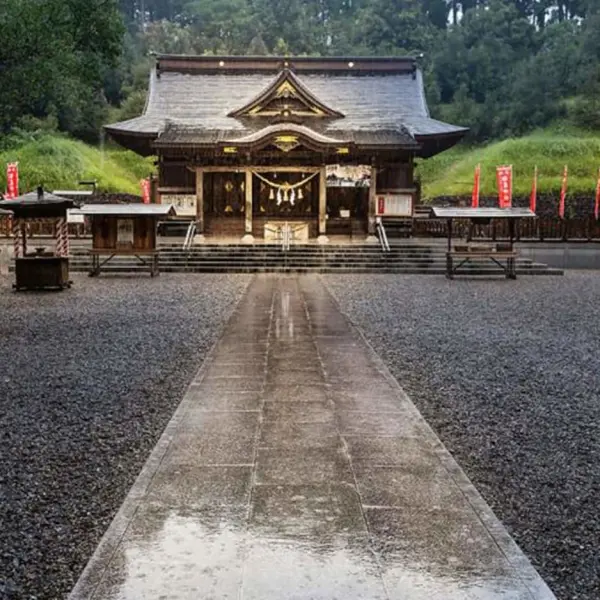 Road to Miyazaki
Road to Miyazaki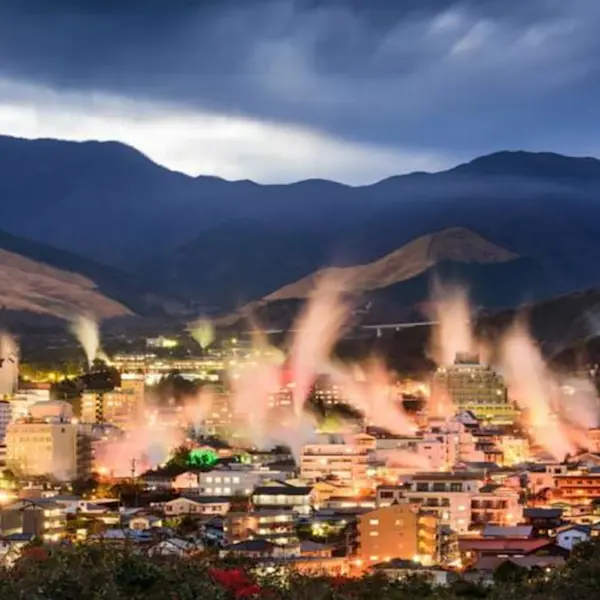 Beppu: An onsen for every taste
Beppu: An onsen for every taste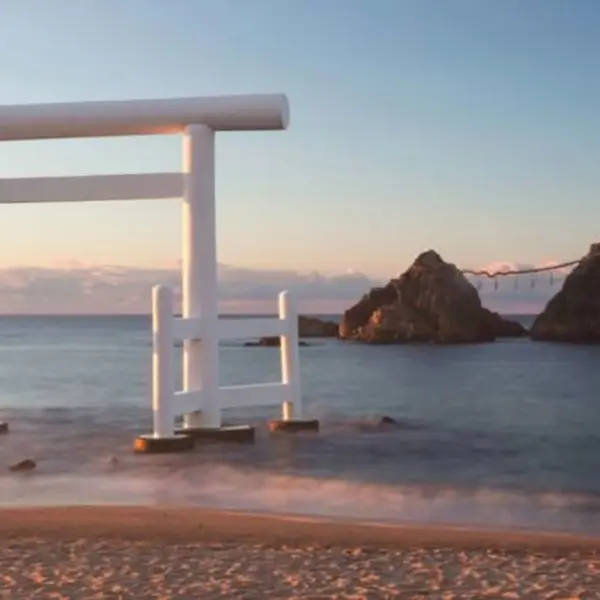 Slow down in Itoshima: Beach Cafés and Unforgettable Sunsets
Slow down in Itoshima: Beach Cafés and Unforgettable Sunsets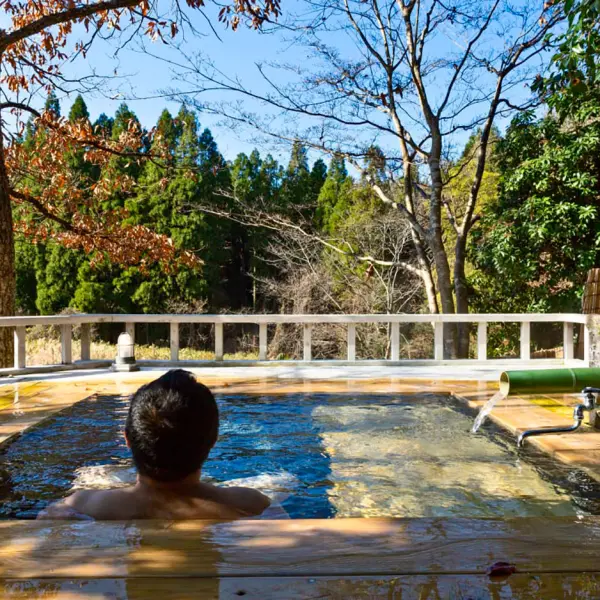 Waita Onsen Village - Spa-Hopping in Kumamoto’s Hot Spring Paradise
Waita Onsen Village - Spa-Hopping in Kumamoto’s Hot Spring Paradise Exploring Saga City and the Sake Street
Exploring Saga City and the Sake Street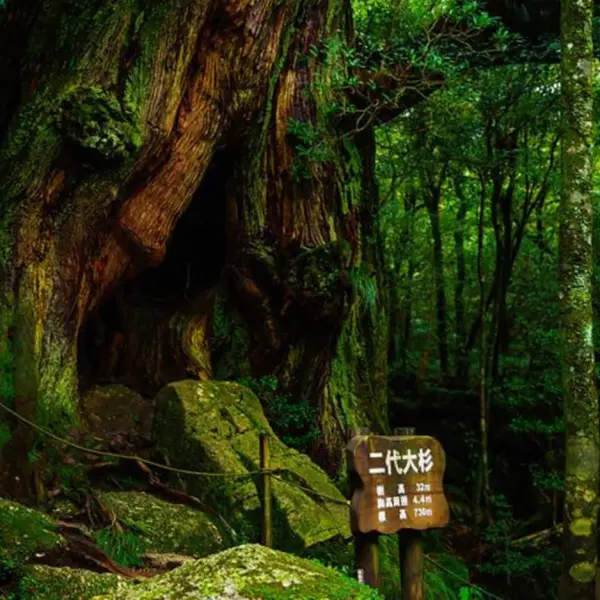 Yakushima: Island of Divinity
Yakushima: Island of Divinity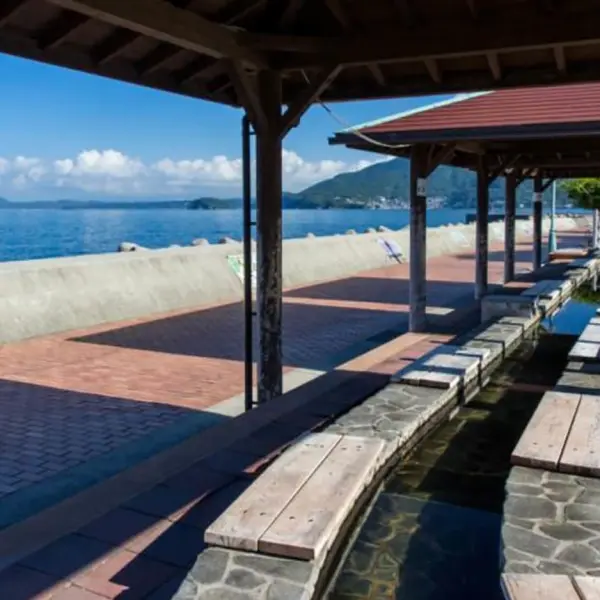 Obama Onsen: A Lovely Hot Spring Town by the Sea
Obama Onsen: A Lovely Hot Spring Town by the Sea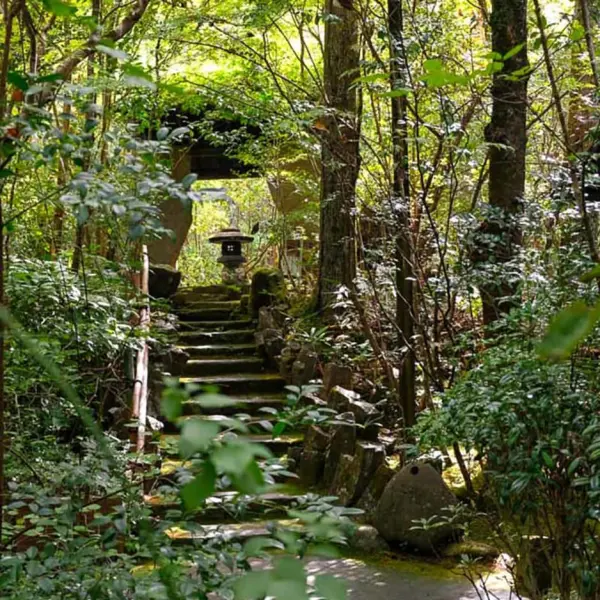 Sanso Tensui: A Luxury Onsen Retreat in the Forests of Oita
Sanso Tensui: A Luxury Onsen Retreat in the Forests of Oita Travel to Goto Islands in Nagasaki - Where Luxury and Convenience Awaits
Travel to Goto Islands in Nagasaki - Where Luxury and Convenience Awaits An onsen paradise – and culinary adventure – at Mount Aso
An onsen paradise – and culinary adventure – at Mount Aso




